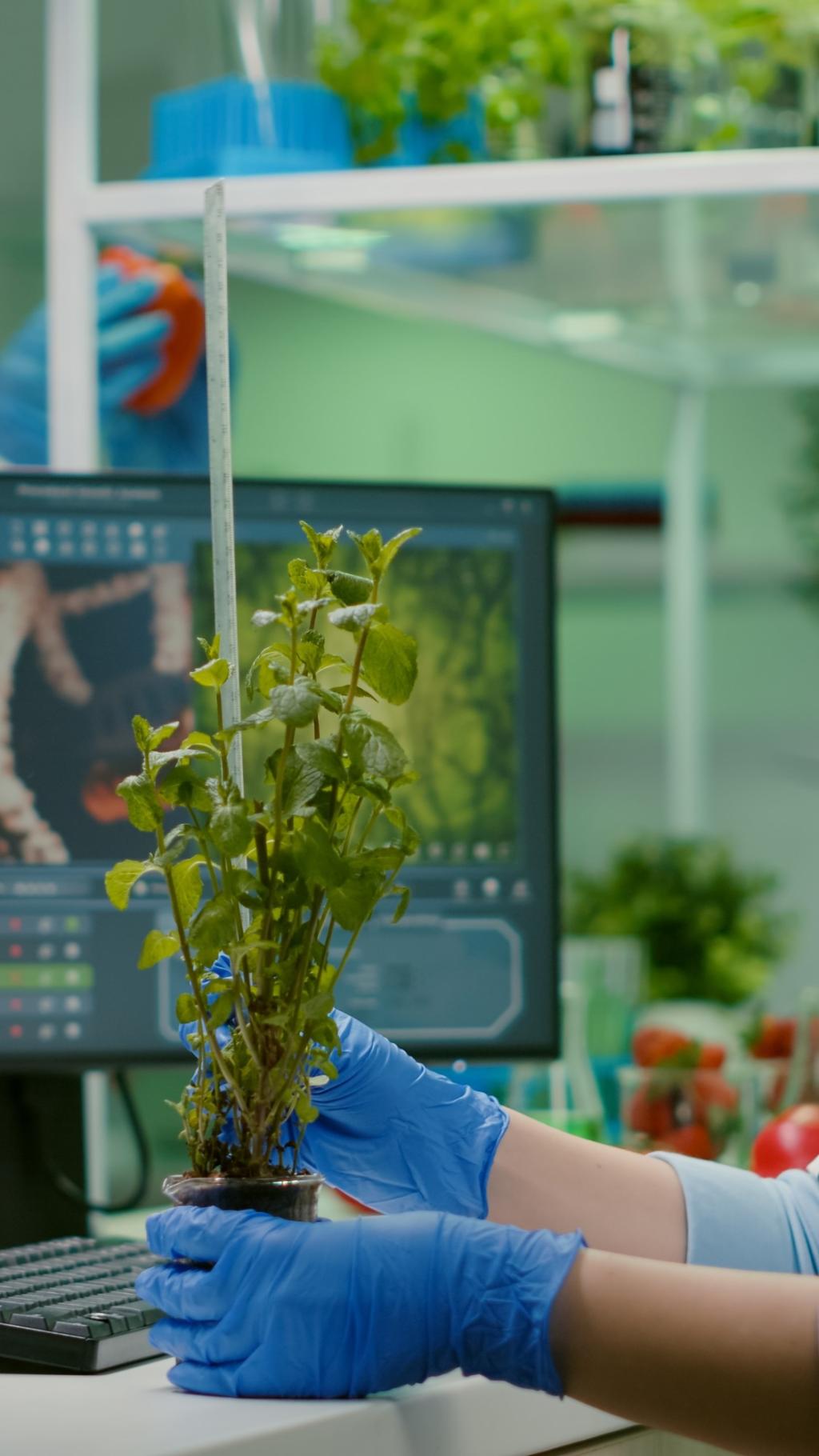This website uses cookies so that we can provide you with the best user experience possible. Cookie information is stored in your browser and performs functions such as recognising you when you return to our website and helping our team to understand which sections of the website you find most interesting and useful.

Vertical Farming Techniques
Vertical farming represents a revolutionary approach to agriculture, reshaping how food is grown and consumed in urban environments. This innovative method involves cultivating crops in vertically stacked layers, often integrated into controlled indoor environments. Through the application of advanced technologies, vertical farming maximizes space efficiency, minimizes natural resource use, and enables year-round crop production. By leveraging controlled environments and automation, vertical farms deliver higher yields, consistent quality, and enhanced sustainability compared to traditional farming. As demand for fresh produce rises and urban spaces become more limited, understanding and implementing vertical farming techniques becomes increasingly essential for the future of food production.

Nutrient Film Technique

Deep Water Culture
Aeroponic Techniques
Aquaponic Integration
Lighting Strategies
LED Grow Light Customization
Layered Light Placement
Energy Management and Automation
Climate Control Solutions
Temperature Management
Humidity Optimization
Airflow and CO₂ Enrichment
Rockwool and Mineral Wool
Coconut Coir
Perlite and Vermiculite

Sensor Integration

Automated Irrigation and Feeding


